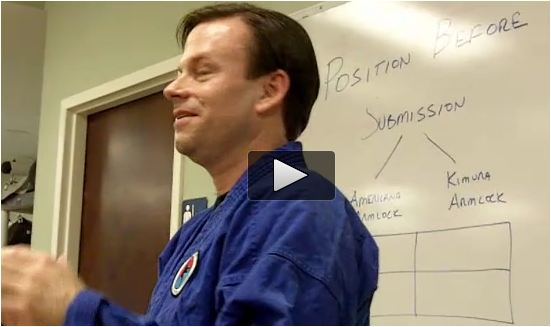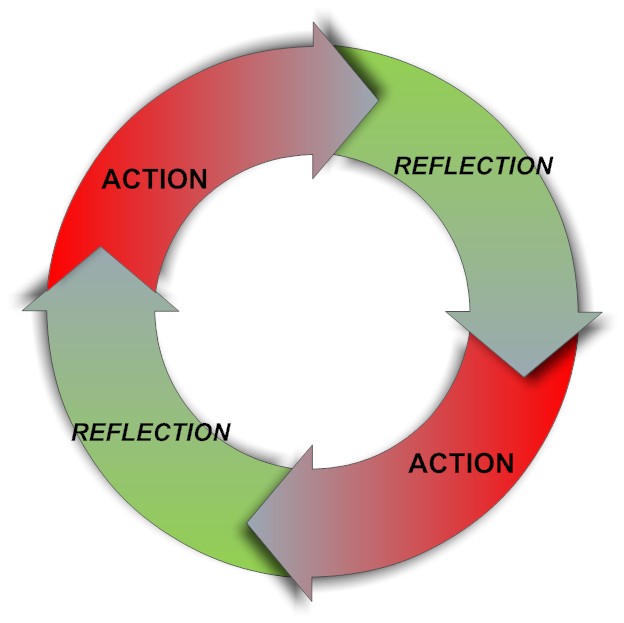Position Before Submission
Ask Ron – “How can I close more business? I’m having decent conversations with potential clients, but I just can’t seem to get them to finally say yes. Any tips or techniques that you can suggest?”
Watch this three minute video on “Position Before Submission.” Thanks to my daughter Amelia for her camerawork.
A submission technique causes the opponent to surrender or “tap out.” if the person does not tap out, continued pressure on the joint will cause it to break or dislocate, or in the case of a choke, will cause the person to go unconscious. When we train, we use the phrase “tap early and often” to make sure people are super careful to avoid injury.
About six years ago when I decided to begin studying martial arts, I looked around and choose Hapkido (which means “the way of coordinating energy”) primarily because of its emphasis on joint locks that immobilize your opponent. (Our system has morphed into Ki Bon Sool (“Life Protection Skills”) and I am now also studying Brazilian Jiu-Jitsu, but that is a topic for another day.)
I chose Hapkido because I wanted to learn how to use these joint lock techniques. Why? Because they look really cool! The idea of instantly immobilizing your opponent like Kung Fu Panda. Overwhelming Awesomeness!
New students at our school often enter with the same desire. Show me the cool stuff! Enough footwork drills, show me how to do an arm bar.
Here’s the core problem with that mindset. Submissions are actually really hard to get in a real situation. You MUST establish an effective position first. I can teach you the Americana Armlock in about ten minutes. But getting into the position to apply the Americana Armlock is the hard part, especially against an experienced and skilled opponent.
Mastery is about establishing position. When you have established the proper position, the submission is effortless. No force is required. However, if you have not established a good position, your opponent will resist, counterattack, or simply escape. Once I got this concept, I spent an entire year where I focused all of my effort simply on breathing and establishing position and didn’t worry about the submissions at all. Guess what? I started getting more submission opportunities.
How does this concept apply to sales?
Before I explain, I must make one comment about this metaphor. I do not view the prospect as the opponent. We are not in a life/death combat. I am here to serve this potential client by helping them see new opportunities and make a decision to choose a different path to improve their business.
That said if I as the sales person try to close the sale – go for the submission – without establishing a good position first, what do I get? Resistance or escape. The client either openly objects or they say “thanks, sounds interesting, send me some information” and escapes.
Notice that in either case, the sales person is the one creating this problem. This phenomenon – failing to first establish position –and creating resistance as a result, is well documented via research like SPIN Selling.
So how do we establish an effective position? In business, it occurs through the consistent work of establishing your expertise around the customer’s needs – such that your company becomes the go-to resource. Then in the sales conversation, by being patient and taking the time to really understand the customer’s situation, to deeply diagnose their issues, and to resist the urge to go for a close too early. Whenever you feel the urge to close, ask another question.
Yet many business owners and salespeople remain frustrated by poor close ratios. So, the thinking goes, let’s do some training on overcoming objections.
How about instead doing the real work that establishes a solid position in the first place?
Oh, well, that takes discipline and patience. Got anything else?





